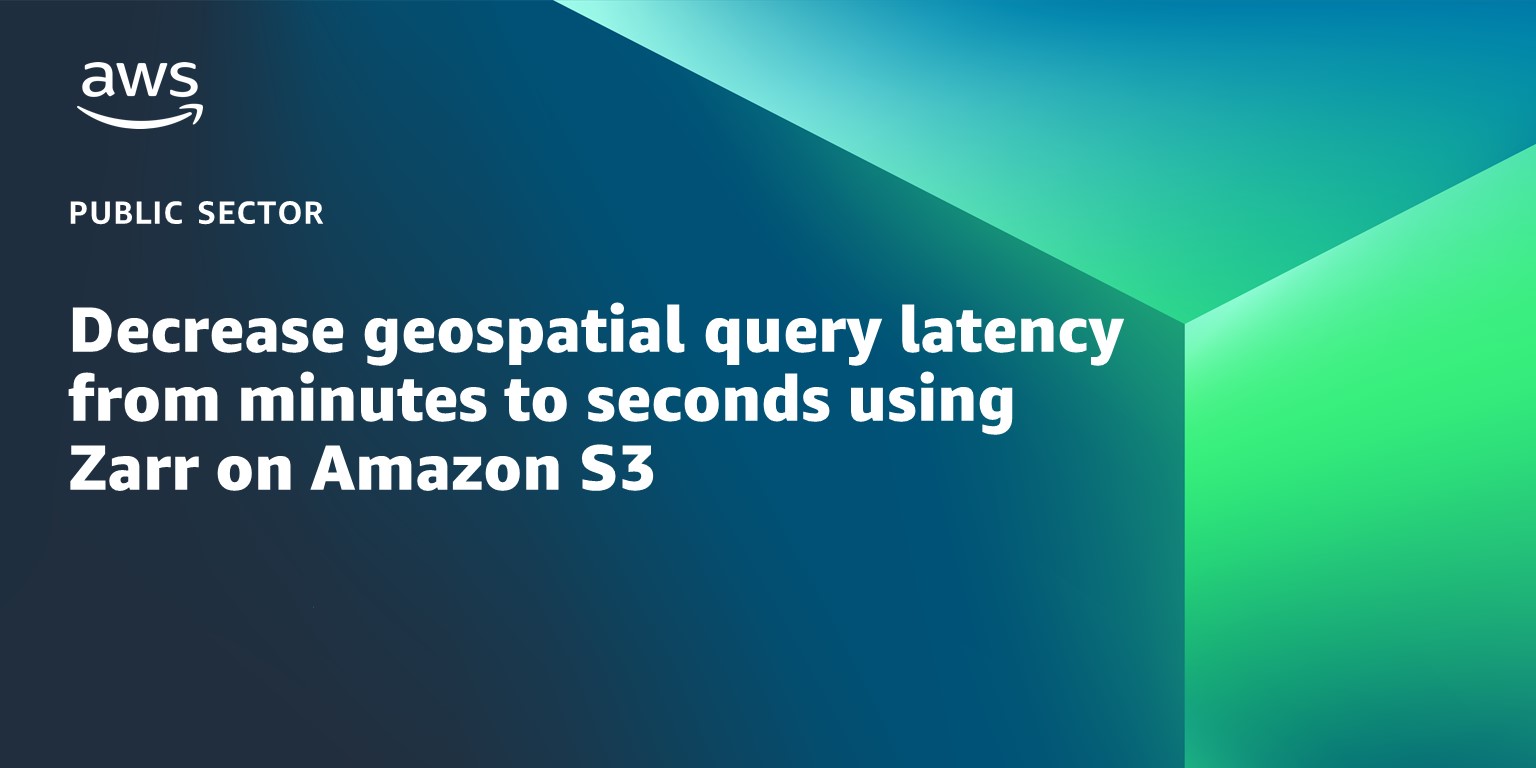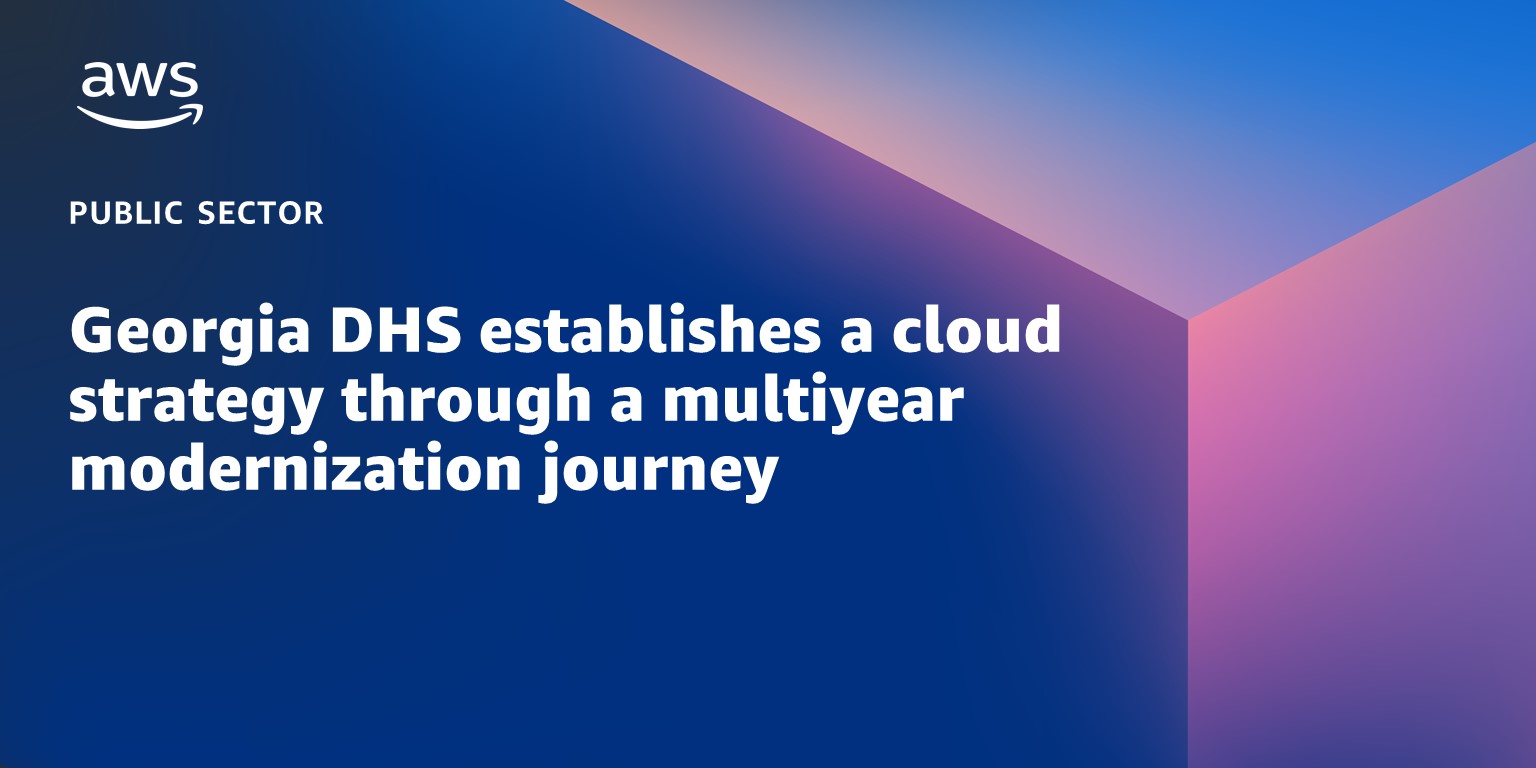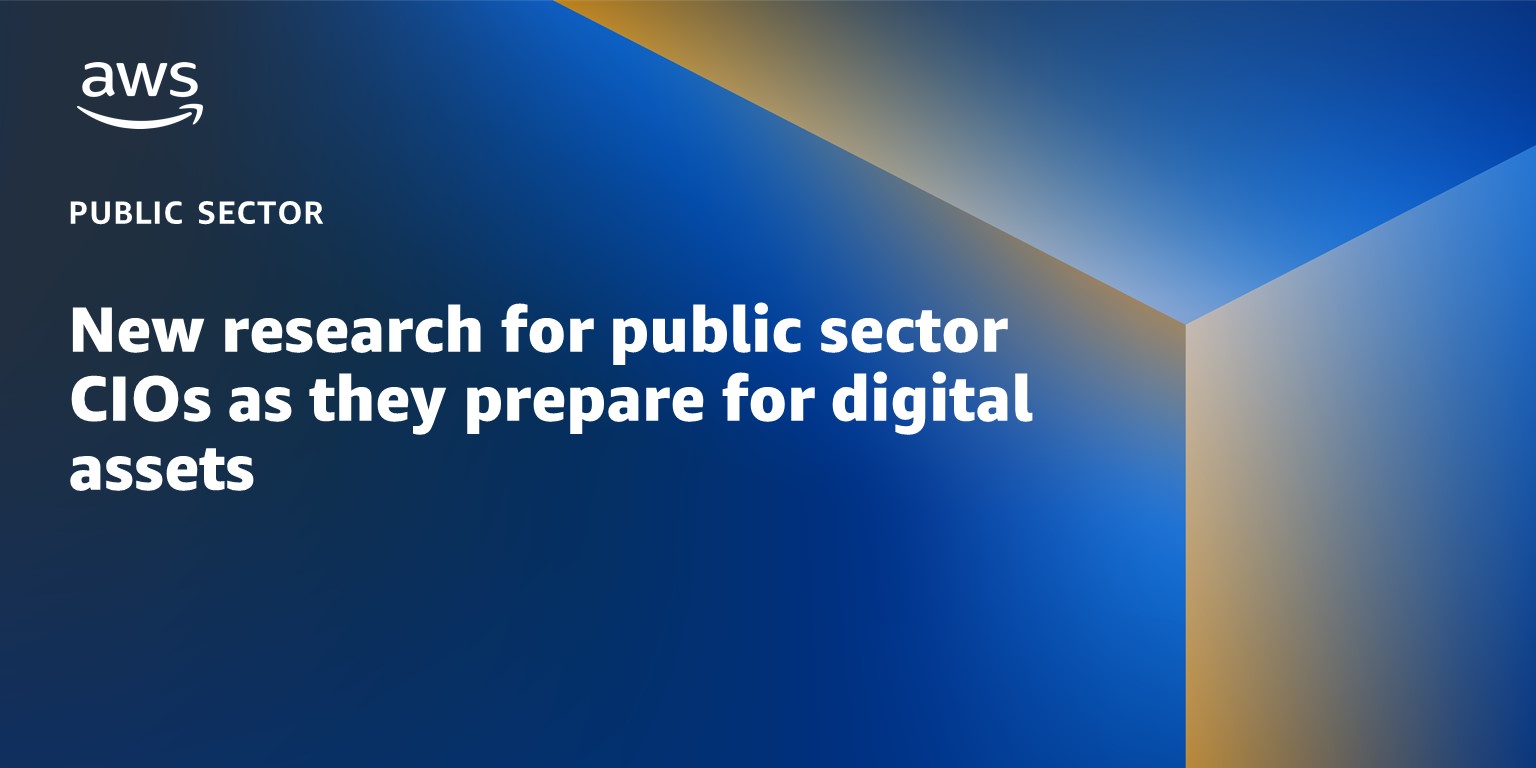AWS Public Sector Blog
Transforming your credit union’s processes by leveraging the cloud
To meet the needs of today’s credit union members, credit unions are investing in technologies that improve the member experience. Credit union leaders are thinking about how processes and practices can be made more efficient and effective. A major component of this technological shift involves migrating workloads to the cloud. Learn why credit unions can benefit from a cloud transformation journey, as well as resources that you can use to improve and accelerate the process of moving your vital workloads to the cloud.
Enabling success for AWS ISV Partners in the public sector
AWS independent software vendor (ISV) Partners support the public sector in accelerating the adoption of new services without the investment of developing and maintaining their own applications, accelerating digital transformation and improving citizen outcomes. The AWS Partner team’s goal is to help our partners grow profitable businesses while accelerating digital transformation. There are two clear ways we support ISV Partners to achieve this: helping partners reduce their costs by spending less, and helping them sell more.
Decrease geospatial query latency from minutes to seconds using Zarr on Amazon S3
Geospatial data, including many climate and weather datasets, are often released by government and nonprofit organizations in compressed file formats such as the Network Common Data Form (NetCDF) or GRIdded Binary (GRIB). As the complexity and size of geospatial datasets continue to grow, it is more time- and cost-efficient to leave the files in one place, virtually query the data, and download only the subset that is needed locally. Unlike legacy file formats, the cloud-native Zarr format is designed for virtual and efficient access to compressed chunks of data saved in a central location such as Amazon S3. In this walkthrough, learn how to convert NetCDF datasets to Zarr using an Amazon SageMaker notebook and an AWS Fargate cluster and query the resulting Zarr store, reducing the time required for time series queries from minutes to seconds.
Using machine learning to customize your nonprofit’s direct mailings
Many organizations perform direct mailings, designed to support fundraising or assist with other efforts to help further the organization’s mission. Direct mailing workflows can use everything from a Microsoft Word mail merge to utilizing a third-party mailing provider. By leveraging the power of the cloud, organizations can take advantage of capabilities that might otherwise be out of reach, like customized personalization at scale. In this walkthrough, learn how organizations can utilize machine learning (ML) personalization techniques with AWS to help drive better outcomes on their direct mailing efforts.
Georgia DHS establishes a cloud strategy through a multiyear modernization journey
Georgia’s Department of Human Services (DHS), the largest of the state’s agencies, was able to digitally transform their business and rapidly scale their AWS Cloud adoption with AWS Managed Services (AMS). The department used AMS to modernize legacy technology onto a hosted platform that meets rigorous security guidelines and adds reliability to an environment where speed and availability are critical. At re:Invent 2022, Sreeji Vijayan, chief information officer of the Georgia DHS, spoke about the Georgia DHS’s migration journey with AWS. Learn key takeaways from Georgia DHS’s migration experience with AWS, and watch the on-demand session to dive deeper.
New research for public sector CIOs as they prepare for digital assets
Public sector regulatory agencies are at an inflection point as digital assets have emerged in the private sector in the form of cryptocurrencies, stablecoins, non-fungible tokens (NFTs), and central bank digital currencies (CBDCs). To inform this process, AWS has collaborated with industry analyst firm, Constellation Research, to write a new research report available to the public. “The CIO Imperative for Digital Assets in the Public Sector” presents an exploration of the requisite topics to get CIOs and their teams up-to-speed and ready for this journey.
33 new or updated datasets on the Registry of Open Data for Earth Day and more
The AWS Open Data Sponsorship Program makes high-value, cloud-optimized datasets publicly available on AWS. Through this program, customers are making over 100PB of high-value, cloud-optimized data available for public use. As April 22 is Earth Day, the AWS Open Data team wanted to highlight some new datasets from our geospatial and environmental communities of practice, as well as the other new or updated datasets available now on the Registry of Open Data on AWS and also discoverable on AWS Data Exchange.
How two UK customers use AWS to support sustainability goals
Sustainability is now an integral part of business strategy, even as the sustainability landscape is continuously evolving. At the AWS Public Sector Day 2023 held in London, public sector leaders gathered to learn and share how technology can help organisations achieve more with less in solving sustainability challenges. Two AWS customers shared how they’re rethinking traditional operations and innovating with the cloud to support their sustainability initiatives.
AWS skills training programs open doors to tech careers for Virginia workers
In Virginia, where AWS has an important and growing presence, AWS is investing significantly in supporting skills and education programs to promote a thriving workforce. The AWS Fiber Optic Fusion Splicing Certificate Course is one of the programs AWS runs locally to help individuals get the skills necessary to repair and install fiber optic cables. Recently, AWS held a training at the AWS Skills Center in Arlington in collaboration with Northern Virginia Community College. Learn more about how programs like these are supporting the local workforce in Virginia.
New IDC whitepaper: How cloud drives government outcomes at scale and supports compliance with security requirements
A new IDC whitepaper explores how, with cloud, US federal agencies can achieve meaningful digital innovation while addressing their mission needs. As more agencies migrate applications and workloads to the cloud, including their most sensitive and heavily regulated data, a key consideration is meeting federal compliance and security mandates.









